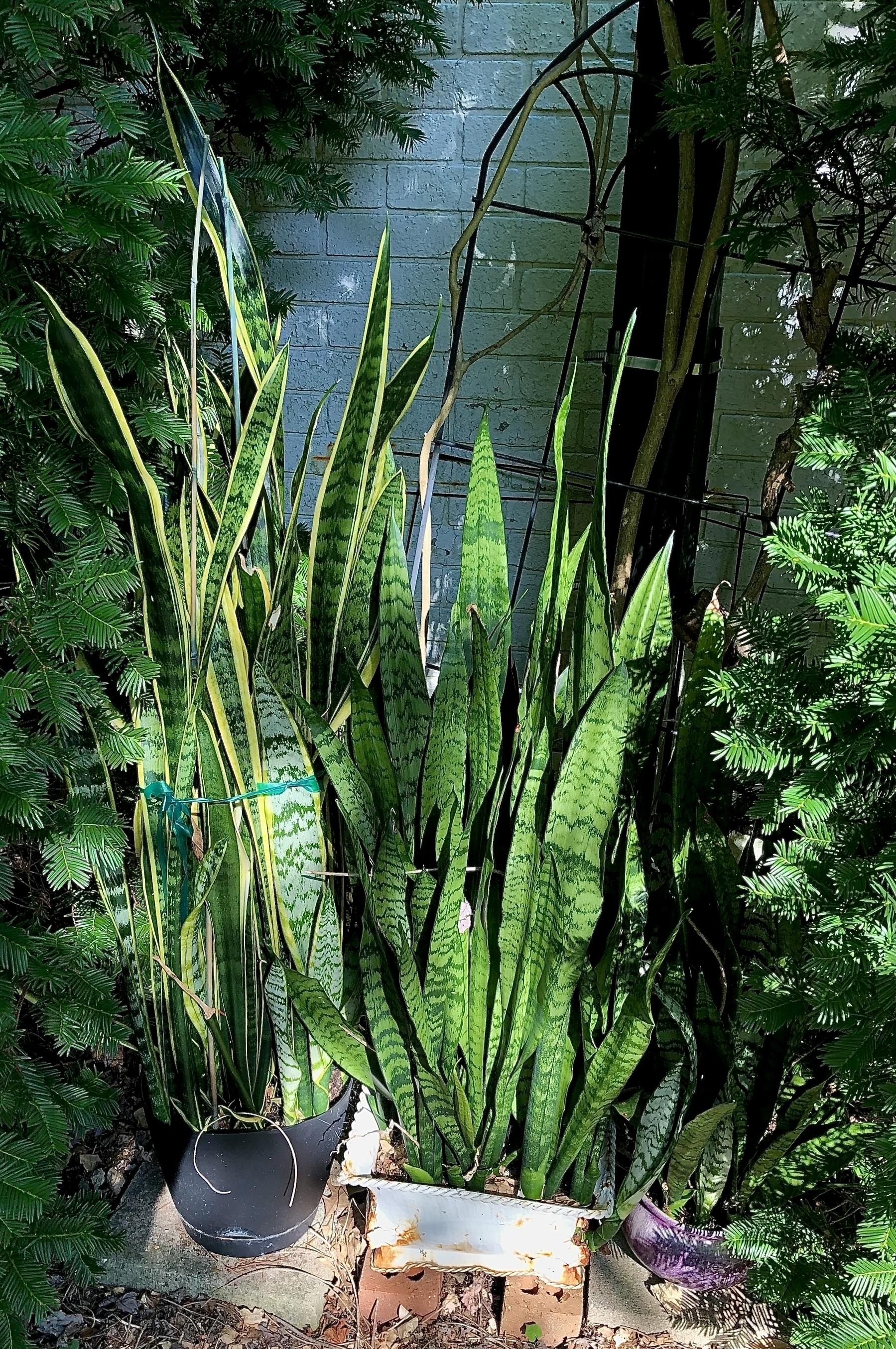20 August 2022
Jalál, 01 Asmá’ (Names), 179 B.E
Seen
The mother-in-law’s tongue plants—tucked away from direct sunlight most of the day—are thriving. Even though it’s still just mid-August, I’m beginning to wonder how they will fit inside this fall.

One of them is my daughter’s plant that she decided she was no longer able to care for. Maybe she’s ready to take it back some three year later (or not).
Done
Elaborated on the contributions Ron Leonard made at Deere and and WorkSpan and how that influenced my strategies in organization design. Here’s an excerpt from my correspondence today:
Ron’s contribution to Deere while at PEC Waterloo extended far beyond tractor programs. In fact, had it not been for Ron’s leadership in changing the culture of the worldwide product engineering organization throughout the Ag Division and even at Deere & Co., those programs most likely would not have been as successful as they were when introduced 30 years ago nor as they evolved to what they have become today.
Much of Ron’s concept of what to change and how to change rested on advances in information and communication technology which gave him the wherewithal to put all the pieces of the puzzle together. Terms or titles like “leadership teams” and “Resource Coordinator Communities” and AgDEM and Core Technology Groups came from Ron’s fertile imagination in response to the problem he faced about how to make Ag Engineering successful in its mandate to be a worldwide entity.
Then again, that’s what all good engineers do: they solve problems. But the REALLY GREAT engineers know to pose the right questions that lead to problem statements which target the most important issues to be solved. And that’s what Ron did, over and over again—ask the right questions.
Much of the organization design work I’m doing now in the twilight of my career deals with changing large-scale global systems involving myriad community-based organizations. Yet I’m back to where Ron took me when we started our collaboration in 1987: what is the problem that needs to be solved first?
So, I’m experimenting with different ways to identify the right questions and position them so that others a whole smarter than I am can take the ball and run with it in an effort to find answers. The “tractor book” is shaping up to be a set of stories about how to influence large complex social systems to change based on the work that Ron and I did first at Deere, then with WorkSpan and STILL has applicability today and tomorrow.
Noted
Astral Prospecting on Instagram and Astral Prospecting on Facebook
Marc Bosserman on Instagram Marc Bosserman on Facebook, and Marc Bosserman Music and Musings on YouTube
Quoted
Every subject presented to a thoughtful audience must be supported by rational proofs and logical arguments. Proofs are of four kinds: first, through sense perception; second, through the reasoning faculty; third, from traditional or scriptural authority; fourth, through the medium of inspiration. That is to say, there are four criteria or standards of judgment by which the human mind reaches its conclusions. 1
- ʻAbduʼl-Bahá. The Promulgation of Universal Peace: Talks Delivered by ʻAbduʼl-Bahá during His Visit to the United States and Canada in 1912. Edited by Howard MacNutt. 2nd ed. Wilmette, Ill: Baháʼí Publishing Trust, 1982, 253. https://www.bahai.org/library/authoritative-texts/abdul-baha/promulgation-universal-peace/19#619454904 [return]